The Shape of a Diamond
If you thought that the cut of a gemstone meant whether it was round or square or pear-shaped, you’re not alone! On the other hand, if you’ve already read our Four Cs of Choosing a Diamond, you know that the cut is all about how light behaves once it enters the stone and has nothing to do with shape at all!
A stone’s shape describes the perimeter of the stone viewed from the top. Gemstones of all sorts of minerals, from diamonds to rubies to emeralds, can be cut by a professional gem cutter into a variety of shapes that suit many different designs and fashions.
When a jeweler talks about the shape of a stone, they are speaking about whether it is a circle (round brilliant), square (princess), or another common outline. (The cut should be of high quality, no matter which shape you choose — a good cut will ensure the best possible brilliance for any stone.)
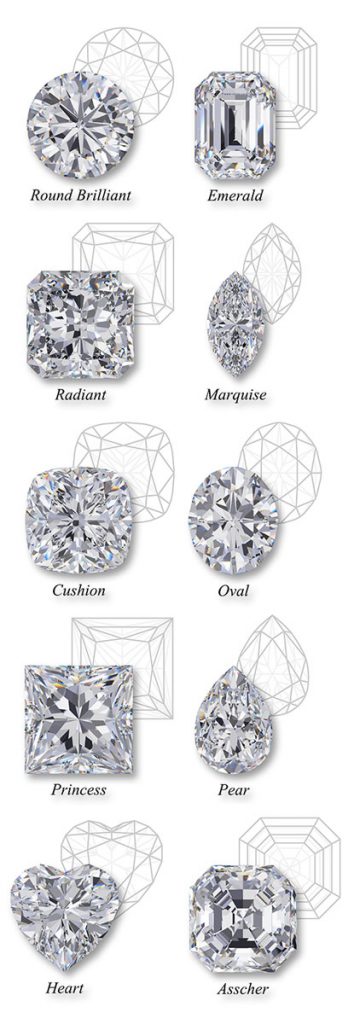
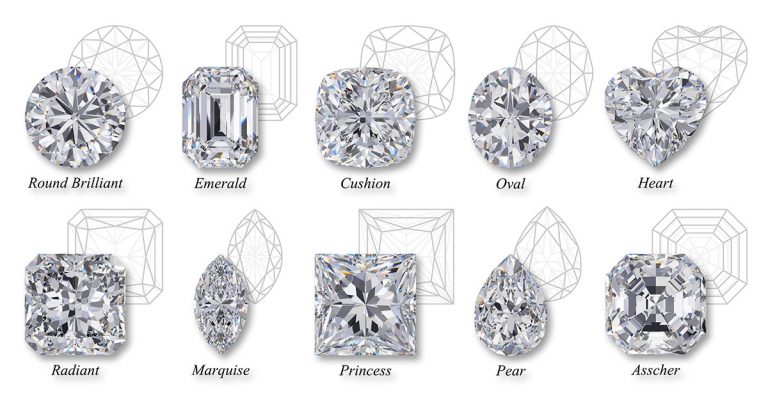
CHOOSING A SHAPE
Many jewelry lovers have their own favorite shapes. Some are fans of the classic round brilliant, while others prefer a trendier option like an oval or pear. Some shapes see a surge in popularity when they’re chosen by a celebrity (usually in an extravagant size!), but we think it’s important to look at the big picture — what shape will you be happy with 5 years, 10 years, or 50 years down the road?
What’s more, each shape has its own personality that immediately creates the “feel” of the piece. Some shapes evoke a certain time period or genre — a fan of antique jewelry may choose a shape more popular from their era of choice, and a hopeless romantic may prefer a heart-shaped stone.
And for those with a creative flair, stones of various shapes can even be mixed and matched in the same piece to create a look that’s utterly unique!
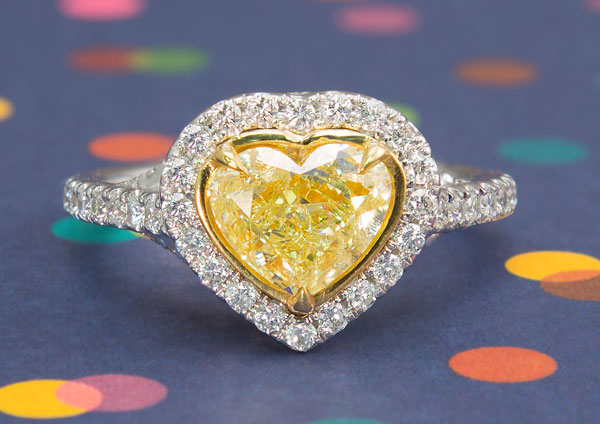
COST CONSIDERATIONS
The end goal of cutting any stone is to give it as much brilliance — or sparkle — as possible. This means cutting according to the stone’s length, width and depth, and knowing what proportions will work best to bounce (reflect) and bend (refract) light. Bouncing and bending light is what gives diamonds their telltale sparkle.
Because of the way diamonds naturally form, some part of the stone is always “left on the cutting room floor” to reach the end result. Some shapes require more rough stone to be cut away, which makes them more expensive than others of the same carat weight.
For example, a piece of natural rough stone might be closest in shape to a round brilliant, but be cut as a marquise or pear shape. All of the natural diamond that’s shaved away from those narrow sides is lost, but the weight of the rough stone still goes into determining the final cost.
Another reason for varying costs is the amount of stone required to achieve the correct brilliance, as some shapes require deeper cuts than others. A heart shape, for example, must be wider and deeper than other shapes, as both upper lobes need to be just as brilliant as the center of the stone.
Lastly, not all shapes are as easy to cut as others, and the gem cutter’s skill and time are factored into the final cost.
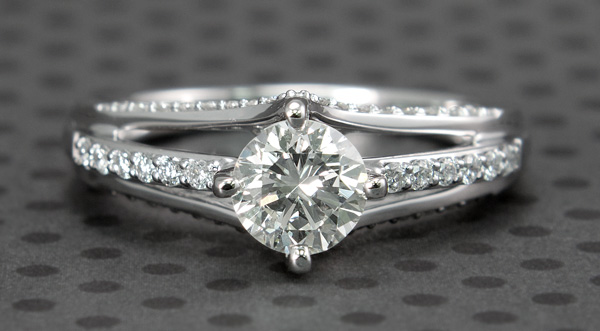
SHAPE POPULARITY
The most popular shape for a white diamond is the round brilliant. Don’t be fooled by its humble shape — a round brilliant offers a fantastic brilliance and really shows off a diamond’s sparkle.
When it comes to colored gemstones, oval is usually more popular. A round brilliant works well with the natural shape of diamonds, and offers the most “brilliance for the buck,” but ovals work well for other types of stones.
As we’ve already discovered, some shapes require more natural stone to be lost, which drives up the cost. This causes those stones to be more cost-prohibitive and therefore less common.
Sometimes, a client may want a very specific size and shape of stone that simply can’t be found! In those rare cases, we can locate the raw materials and arrange to have the stone cut to their specifications. It’s a much more expensive route to take than choosing a more common combination, but it’s worth the trouble for die-hard collectors!
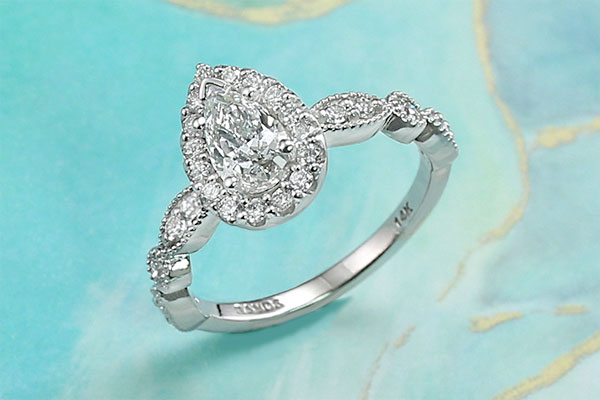
THE BRIGHTEST SHINE
No matter which shape you pick, the brilliance of a stone is determined by that shape’s ideal cut. If the angles are too steep, light can be absorbed by the stone. If the angles are too shallow, light passes right through without bouncing back. Every shape has the potential for sparkle, but the quality of the cut is paramount.
However, if we had to choose one shape for the best sparkle, it has to be the round brilliant. Because the shape is fully symmetrical, the most possible light is bounced back up into our eyes. Other shapes, such as marquise or pear-shaped stones, lose a small amount of light in the “bow-tie” effect, but the difference is minimal.
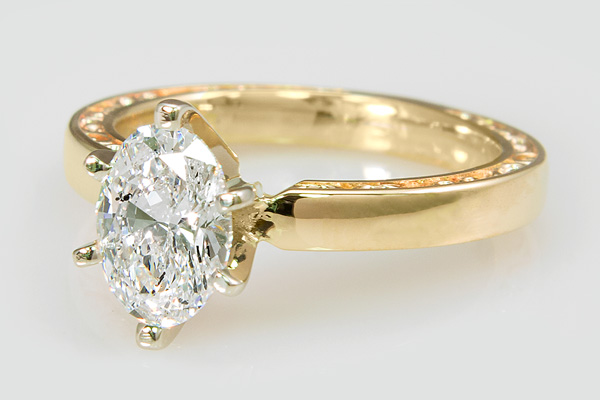
OUR ADVICE
The beauty of one stone’s shape over another is truly in the eyes of the beholder. If someone has always dreamed of owning a heart-shaped stone but loves the deep hues of an emerald, it’s always possible get the best of both worlds and cut an emerald into a heart shape — creating that person’s perfect stone for the perfect piece of jewelry.
However, if that same person is willing to “settle” for an oval cut, they’ll be delighted to find the number of options that open up, at a far more attractive price point.
Have more questions? We’re here to help! We have an array of gemstones in a wide variety of shapes in our showroom, so please feel free to stop in or call for a personalized appointment to work with a designer today.

